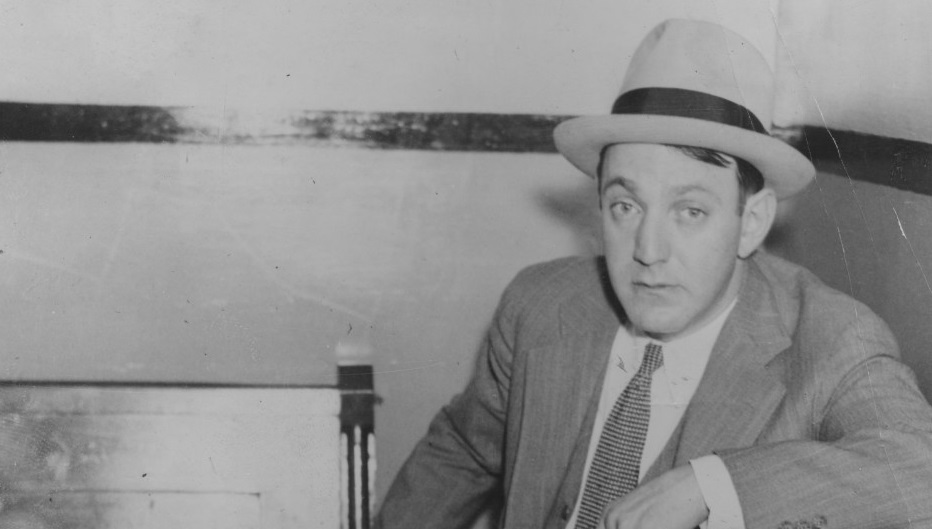Dutch Schultz, born Arthur Simon Flegenheimer, was a New York City area Jewish-American mobster of the 1920s and 1930s who made his fortune in organized crime-related activities, including bootlegging and the numbers racket. Take a look below for 30 more strange and bizarre facts about Dutch Schultz.
1. Weakened by two tax evasion trials led by prosecutor Thomas Dewey, Schultz’s rackets were also threatened by fellow mobster Lucky Luciano.
2. In an attempt to avert his conviction, Schultz asked the Commission for permission to kill Dewey, which they refused.
3. When Schultz disobeyed them and made an attempt to kill Dewey, the Commission ordered his murder in 1935.
4. After his father left the family, Schultz turned to burglary, then bootlegging.
5. Soon he expanded into illegal gambling, clashing with rival gangsters Legs Diamond and Vincent Coll.
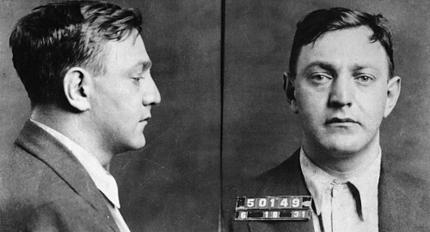
6. In the 1930s, he was targeted by both the IRS and special prosecutor Thomas E. Dewey.
7. Schultz was born on August 6, 1901, to German Jewish immigrants Herman and Emma Flegenheimer, who had married in Manhattan on November 10, 1900.
8. He had a younger sister, Helen, born in 1904.
9. Schultz dropped out of school in the eighth grade to help support himself and his mother.
10. From 1916 to 1919, he worked as a feeder and pressman for the Clark Loose Leaf Company, Caxton Press, American Express, and Schultz Trucking in the Bronx.
11. He then worked at a neighborhood night club owned by a minor mobster, and began robbing craps games before turning to burglary.
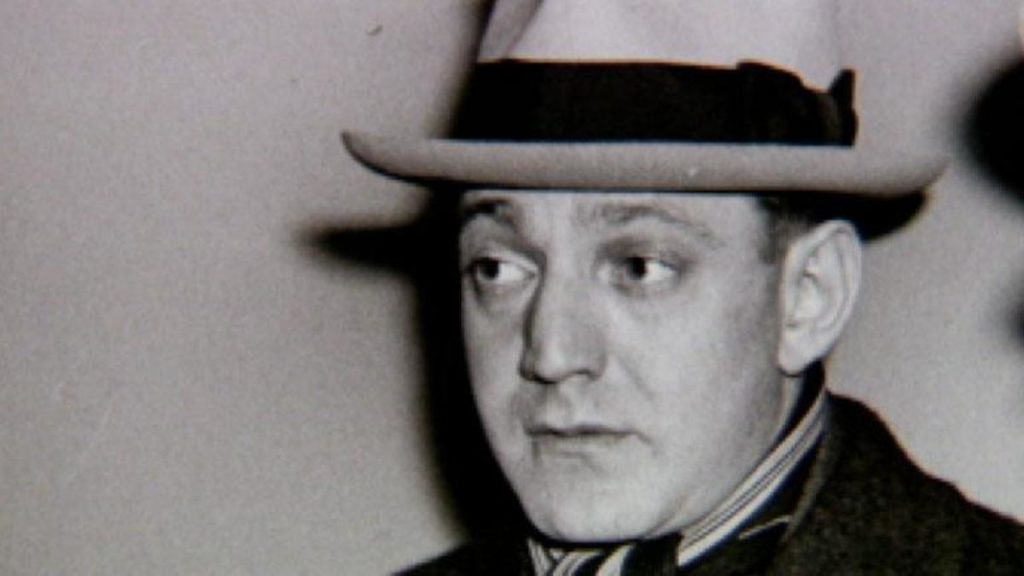
12. Schultz was caught breaking into an apartment and sent to the prison on Blackwell’s Island, which is now called Roosevelt Island.
13. A photograph of Schultz at age 18, during his incarceration, was published in the 2010 book “New York City Gangland.”
14. The prison staff soon found their new prisoner to be unmanageable and transferred him to the work farm in Westhampton, New York.
15. He managed to escape, but was recaptured and two months were added to his sentence. He was paroled December 8, 1920.
16. Schultz went back to work at Schultz Trucking and was soon associating with known criminals. When they asked his name, he told them he was “Dutch” Schultz.
17. With the enactment of Prohibition, Schultz Trucking began smuggling liquor and beer into New York City from Canada.
18. After an argument, Dutch left Schultz Trucking to work for Schultz’s Italian competitors.
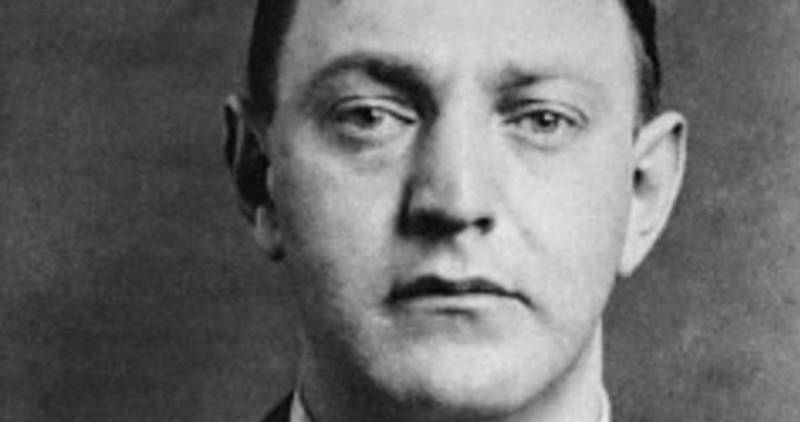
19. As he lay dying from bullet wounds on a hospital bed, Schultz uttered strange thoughts that were incomprehensible to the police who were hoping to get information from.
20. Some of Schultz’s last words were: “A boy has never wept… nor dashed a thousand kin.” You can play jacks, and girls do that with a soft ball and do tricks with it.” “Oh, Oh, dog Biscuit, and when he is happy he doesn’t get snappy.”
21. Afraid of being sent to jail by Prosecutor Dewey, Schultz had a special safe constructed and used it to hide cash and bonds worth $7 million.
22. He and his bodyguard hid the safe in a secret location in upstate New York, but when the two were murdered, they took to the grave the knowledge of where the treasure was. To this day, it’s never been recovered.
23. In the 1920s, Schultz became involved in bootlegging during the Prohibition and became associated with the likes of gangsters Lucky Luciano and Legs Diamond. Schultz eventually bought a partnership in an illegal saloon.
24. Ruthless and determined, Schultz formed a gang with a friend and fellow criminal Joey Noe, and they built an illegal business selling beer in New York, intimidating rival saloons into buying from them.
25. Schultz even went as far as kidnapping and torturing a man who refused to buy their booze.
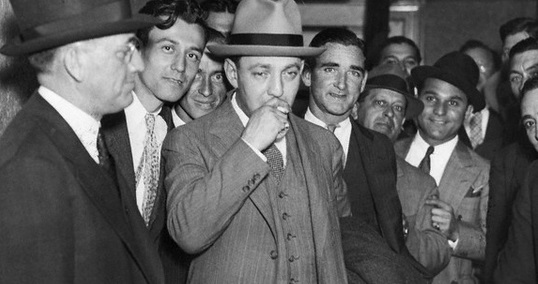
26. The group soon expanded its operations from the Bronx into Manhattan, but this led to a territorial conflict with Legs Diamond.
27. In October, 1928, Noe was shot and killed by members of Diamond’s gang.
28. Schultz is believed to have ordered the killing of Diamond’s associate Arnold Rothstein in retaliation, and Diamond himself met a bitter end in 1931, reportedly at the hands of one of Schultz’s thugs.
29. On the night of October 23, 1935, Schultz and four of his associates were shot at a restaurant in Newark, New Jersey.
30. A brutal man believed to have been responsible for the deaths of many others at his hand or by his order, Schultz died the next day. Shortly before his death, he gave a rambling statement to the authorities, but he never named his killer.

